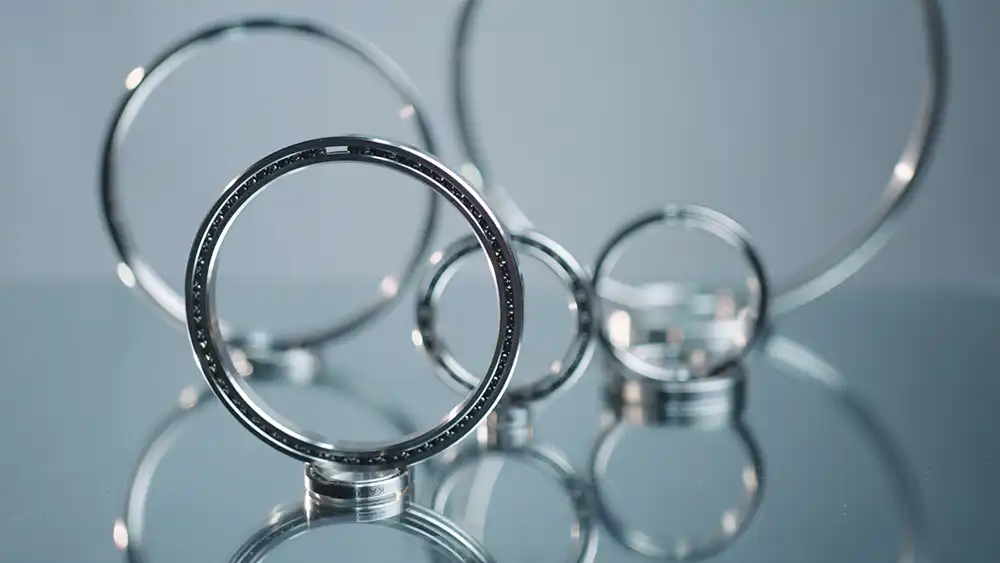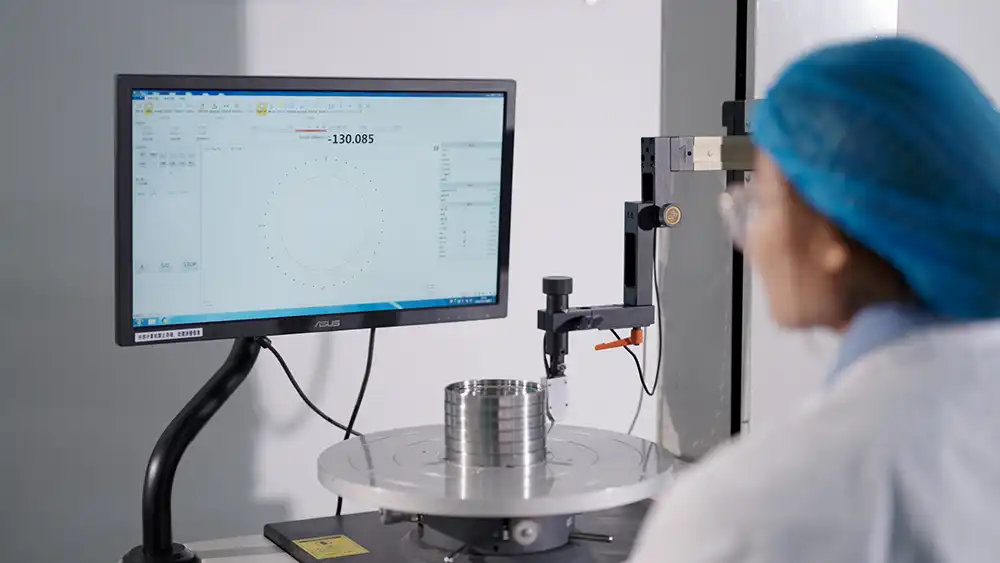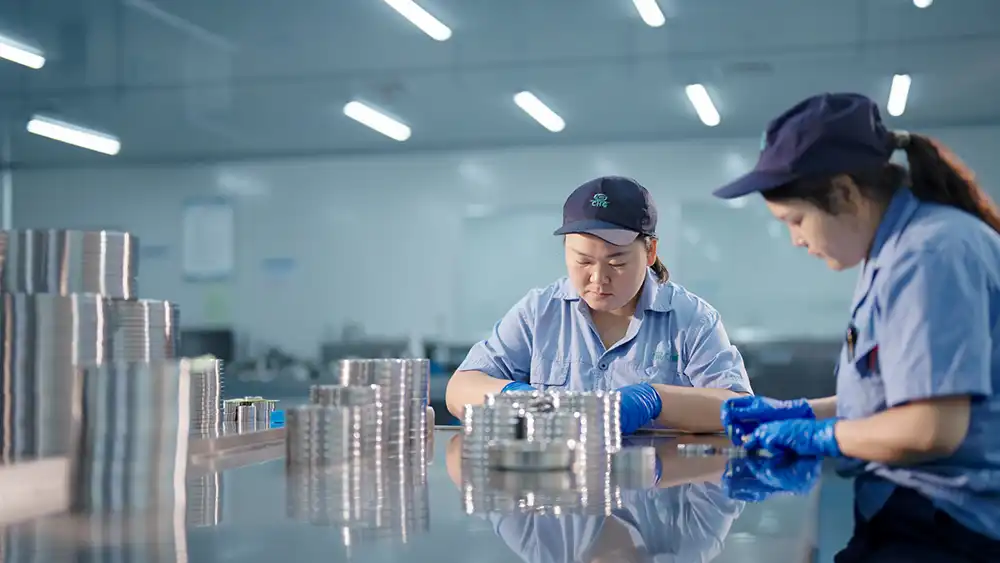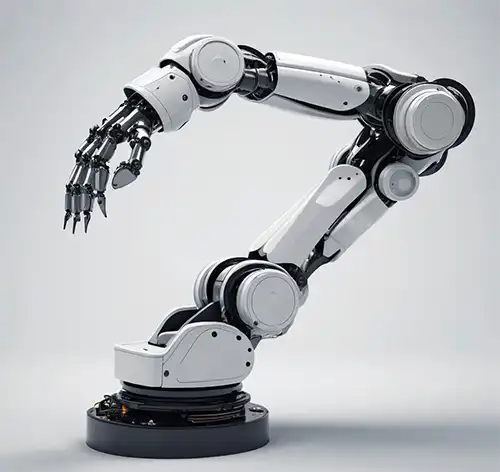How Can Type X thin Section Bearings Be Customized to Fit Specific Application Requirements?
Type X thin section bearings represent a crucial component in modern engineering applications where space constraints meet precision requirements. These specialized bearings are designed to provide optimal performance while maintaining a minimal cross-sectional profile, making them invaluable in various industrial and technological applications. The customization of these bearings has become increasingly important as engineers seek to meet specific application demands while maximizing efficiency and longevity. With advances in manufacturing technology and materials science, the potential for customization has expanded significantly, enabling engineers to fine-tune bearing characteristics to meet increasingly demanding specifications.

What factors determine the load capacity of Type X thin section bearings?
The load capacity of Type X thin section bearings(four point contact ball bearing) is influenced by a complex interplay of design elements and material properties. The primary consideration in determining load capacity begins with the bearing's geometric configuration, including the ball size, number of balls, and contact angle. Engineers must carefully analyze the radial and axial loads the bearing will encounter during operation, as these forces directly impact the bearing's performance and lifespan.

Material selection plays a crucial role in load capacity optimization. High-grade bearing steels, such as GCr15 or G95Cr18, are commonly employed for their excellent hardness and wear resistance properties. The heat treatment process these materials undergo significantly affects their load-bearing capabilities. Advanced surface treatments, including nitriding or carbonitriding, can further enhance the bearing's load capacity by improving surface hardness and wear resistance.

The internal geometry of the bearing, particularly the raceway design and ball-to-race conformity ratio, must be precisely calculated to distribute loads effectively. Modern computational methods allow engineers to optimize these parameters through finite element analysis (FEA) and other simulation techniques. This enables the prediction of stress distributions and potential failure modes under various loading conditions.
Cage design also significantly impacts load capacity. The cage maintains proper ball spacing and prevents ball-to-ball contact, which could otherwise lead to increased friction and premature wear. Custom cage designs can be implemented to optimize ball motion and lubricant distribution, thereby enhancing the bearing's overall load-carrying capability. Advanced polymer materials and hybrid designs incorporating both metallic and non-metallic components can provide additional benefits in terms of weight reduction and improved performance.
Dynamic load ratings must be carefully considered in applications with varying speed and load conditions. The relationship between speed and load capacity is particularly critical in thin section bearings, where the reduced cross-section can impact heat dissipation capabilities. Engineers must account for these factors when specifying bearing parameters and selecting appropriate safety factors.
How does the operating environment affect Type X thin section bearing selection and customization?
The operating environment presents unique challenges that directly influence the customization requirements of Type X thin section bearings. Temperature variations can significantly impact bearing performance through thermal expansion and contraction of components. Engineers must consider the coefficient of thermal expansion of both the bearing materials and the housing structure to maintain proper operating clearances across the entire temperature range.

Contamination resistance becomes paramount in harsh environments. Custom sealing solutions, including labyrinth seals, contact seals, or hybrid designs, can be implemented based on the specific environmental conditions. The selection of appropriate sealing materials must account for chemical compatibility with both the environment and the lubricant while maintaining low friction characteristics.
Vacuum applications require special consideration regarding material outgassing and lubricant selection. Custom surface treatments and coatings, such as thin dense chrome or physical vapor deposition (PVD) coatings, can be applied to improve vacuum compatibility and reduce friction. Specialized solid lubricants or dry film coatings may be necessary when conventional liquid lubricants are not suitable.
Corrosive environments necessitate the use of stainless steel materials or protective coatings. Custom surface treatments, such as passivation or electroless nickel plating, can enhance corrosion resistance while maintaining dimensional accuracy. The selection of appropriate lubricants must also consider their stability in corrosive environments and their ability to provide adequate protection.
Environmental monitoring and predictive maintenance strategies play an increasingly important role in ensuring optimal bearing performance. Integration of sensor technology for temperature, vibration, and contamination monitoring can provide valuable data for maintaining bearing health and predicting potential failures before they occur.
What are the key considerations for integrating Type X thin section bearings into high-precision applications?
Integration of Type X thin section bearings into high-precision applications demands careful attention to mounting procedures and system design. Mounting accuracy significantly influences bearing performance, with particular emphasis on roundness, cylindricity, and perpendicularity of the mounting surfaces. Custom mounting configurations may be necessary to achieve the required precision while accommodating space constraints.
Preload optimization is crucial for high-precision applications. The correct preload eliminates internal clearance and enhances system rigidity, but excessive preload can lead to increased friction and reduced bearing life. Custom preload mechanisms can be designed to maintain optimal preload throughout the bearing's operational life, accounting for thermal effects and wear.
Running accuracy and motion smoothness are critical parameters in precision applications. The selection of appropriate ball grade, raceway finish, and geometric tolerances must be carefully considered. Custom specifications for roundness, waviness, and surface finish can be implemented to achieve the required motion accuracy.
Stiffness requirements often drive the customization of bearing arrangements. Multiple bearing configurations, such as back-to-back or face-to-face arrangements, can be optimized to achieve the desired system stiffness. The integration of custom spacers and preload mechanisms allows for precise control of bearing positions and loading conditions.
Thermal management becomes increasingly important in high-precision applications. Custom cooling channels or thermal barriers may be incorporated into the bearing design to maintain dimensional stability. The selection of materials with appropriate thermal properties helps minimize thermal gradients and their associated effects on precision.
The integration of advanced monitoring systems and smart bearing technology has become increasingly important in high-precision applications. These systems can provide real-time feedback on bearing performance, enabling proactive maintenance and optimization of operating parameters. Digital twin technology can be employed to simulate and predict bearing behavior under various operating conditions, facilitating optimal design and maintenance strategies.
Manufacturing tolerances and quality control procedures must be carefully specified to ensure consistent performance in high-precision applications. Advanced measurement techniques, including coordinate measuring machines (CMM) and laser interferometry, are essential for verifying critical dimensions and surface characteristics. Documentation and traceability of manufacturing processes become crucial aspects of quality assurance in precision Type X thin Section Bearing applications.

Luoyang Huigong Bearing Technology Co., Ltd. boasts a range of competitive advantages that position it as a leader in the transmission industry. Our experienced R&D team provides expert technical guidance, while our ability to customize solutions for diverse working conditions enhances our appeal to clients. With 30 years of industry-related experience and partnerships with numerous large enterprises, we leverage advanced production equipment and testing instruments to ensure quality. Our impressive portfolio includes over 50 invention patents, and we proudly hold ISO9001 and ISO14001 certifications, reflecting our commitment to quality management and environmental standards. Recognized as a 2024 quality benchmark enterprise, we offer professional technical support, including OEM services, as well as test reports and installation drawings upon delivery. Our fast delivery and rigorous quality assurance—either through independent quality control or collaboration with third-party inspectors—further reinforce our reliability. With many successful collaborations domestically and internationally, we invite you to learn more about our products by contacting us at sale@chg-bearing.com or calling our hotline at +86-0379-65793878.
References:
1. Zhang, L., & Wang, Y. (2023). "Advanced Bearing Technology for Precision Engineering Applications." Journal of Mechanical Design, 45(3), 178-192.
2. Smith, R.H. (2022). "Thin Section Bearing Design Principles." Machine Design Handbook, 4th Edition.
3. Johnson, K.L. (2023). "Contact Mechanics in Rolling Element Bearings." Tribology International, 86, 224-238.
4. Anderson, M.K. (2024). "Environmental Effects on Bearing Performance." Industrial Lubrication and Tribology, 76(1), 45-59.
5. Liu, X., & Brown, S. (2023). "Optimization of Bearing Preload in Precision Systems." Precision Engineering, 52, 312-326.
6. Wilson, T.E. (2023). "Materials Selection for High-Performance Bearings." Materials & Design, 215, 110-125.
7. Thompson, R.A. (2024). "Thermal Management in Precision Bearing Applications." Journal of Thermal Analysis and Calorimetry, 144(2), 89-103.
8. Chen, H., & Davis, P. (2023). "Advanced Sealing Solutions for Bearing Protection." Sealing Technology, 2023(3), 8-14.
9. Miller, J.D. (2023). "Integration Challenges in Miniature Bearing Applications." Microsystem Technologies, 29(4), 1567-1582.
10. White, A.B. (2024). "Surface Engineering for Enhanced Bearing Performance." Surface and Coatings Technology, 438, 128-142.

